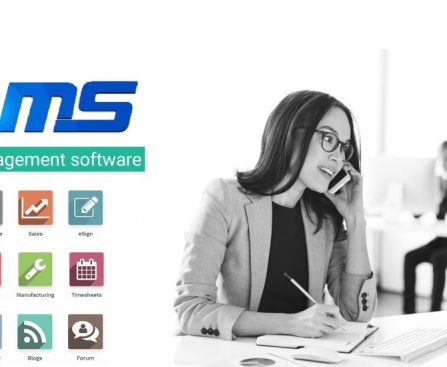Simplifying Transactions: Payment Methods and Terminals in Odoo 17 POS In today’s fast-paced retail environment, offering various payment options is crucial for customer satisfaction and business growth. Odoo 17’s Point-of-Sale (POS) system empowers you to cater to diverse customer preferences with its integrated payment methods and support for external payment terminals. This guide explores these […]
Unlocking Business Insights: A Guide to Reporting in Odoo 17 POS In today’s competitive retail landscape, understanding your point-of-sale (POS) performance is paramount. Odoo 17 POS offers robust reporting functionalities, empowering you to analyze sales data, identify trends, and make data-driven decisions to optimize your business. This guide delves into the world of reporting in […]
The main purpose of a custom header and footer in Odoo POS is to personalize your receipts with additional information beyond the standard Odoo output. This can be useful for: Branding: Including your company logo, name, and slogan in the header can increase brand recognition on every receipt. Promotional messages: You can use the footer […]
A scroll bar is a graphical element you see on computer screens and applications. It’s like a tiny control panel that lets you view more content than what can fit on your screen at once.There are a couple of reasons why large scroll bars are commonly used in point-of-sale (POS) systems: Accommodating Long Lists: POS […]
In Odoo’s Point of Sale (POS) system, a restricted category refers to a product category that is hidden from staff members during a sales session. This means cashiers or sales representatives won’t be able to see or sell any items belonging to those categories. Here’s how it works: Configuration: An administrator configures the POS settings. […]
In Odoo, a common requirement is to add custom fields to various models like products, customers, or orders. When integrating these custom fields into the Point of Sale (POS) module, it’s crucial to ensure they are properly loaded and utilized within the POS interface. Odoo offers several methods for loading data into the POS module, […]
A start category in Odoo 17 Point of Sale (POS) is a category that automatically displays when you begin a new POS session. It essentially filters the product selection to a specific group by default, saving cashiers time and improving efficiency. Default Behavior: By default, if no start category is set, all products in your […]
By turning on the Price control functionality, the Odoo 17 PoS module now provides the opportunity to restrict price adjustments. You can limit pricing changes to managers exclusively with it. This implies that normal users won’t be able to alter the POS’s product prices. Businesses that wish to stop employees from unintentionally or purposely adjusting prices may […]
Automatic receipt printing is a feature offered by point-of-sale (POS) systems . It allows a receipt to be printed automatically upon completion of a sale or order, without the need for manual intervention. Set up receipts by going to Point of Sale ‣ Configuration ‣ Point of Sale, selecting a POS, and scrolling down to the Bills & […]
The “Set Maximum Difference” feature in Odoo 17 POS helps manage cash handling accuracy. It allows you to define an acceptable tolerance level for the discrepancy between the calculated cash balance and the actual cash in the drawer at the end of a shift. Enable Set Maximum Difference Set Maximum Difference must be enabled before a […]
